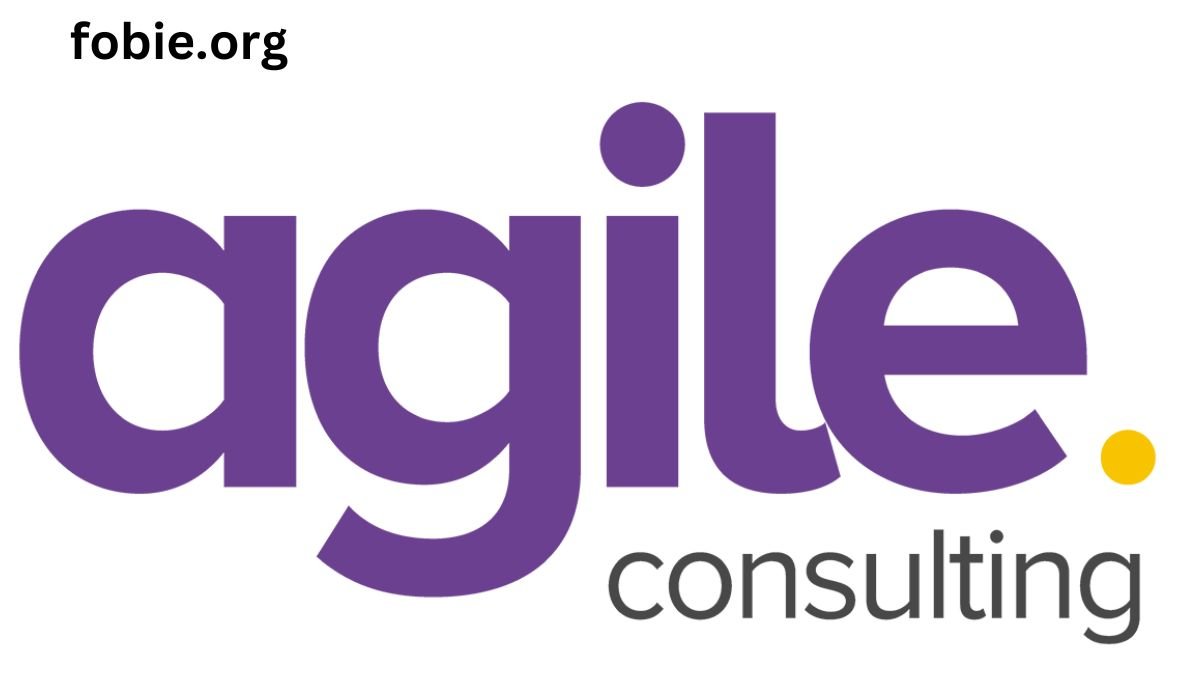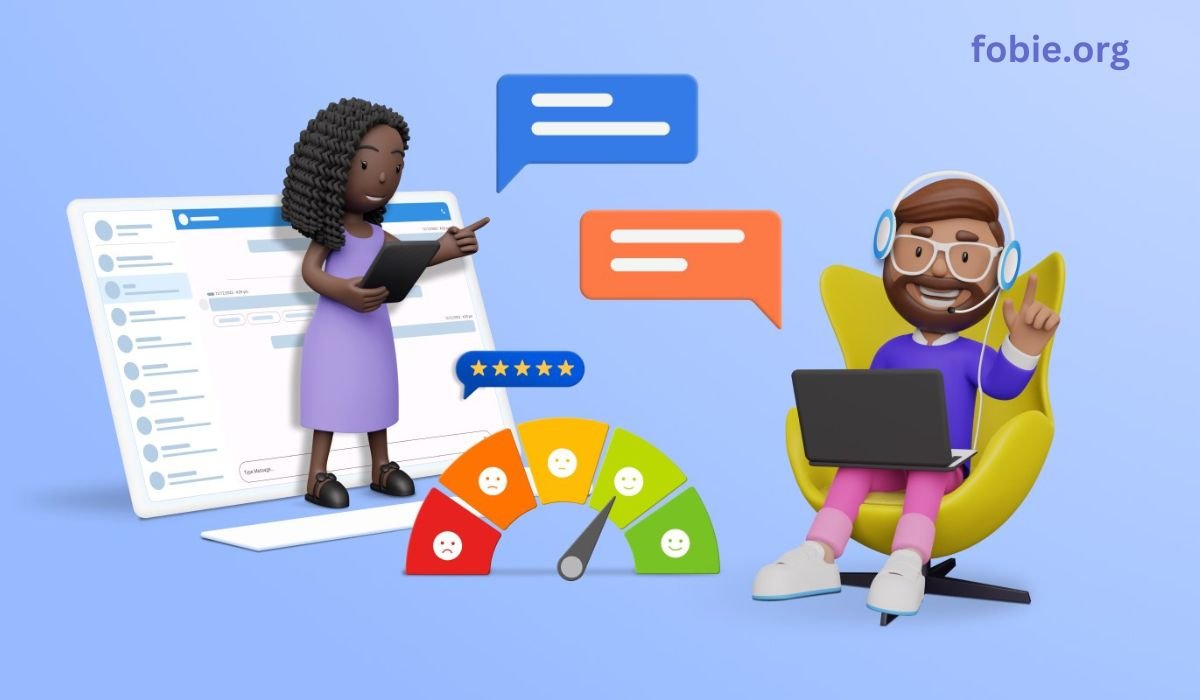When you’re in a tight spot and need cash fast, a credit card cash advance might seem like a quick fix. It feels like pulling money out of an ATM, but it’s actually borrowing against your credit card’s available credit. While this can be convenient, it’s important to understand how cash advances work and the costs involved. This knowledge can help you avoid surprises and manage your finances better, especially if you’re considering options like Washington debt relief to handle mounting balances.
Let’s unpack what a credit card cash advance really is, how it impacts your credit, and what to watch out for before you take one.
What Is a Credit Card Cash Advance?
A cash advance lets you withdraw cash from your credit card’s credit limit, either at an ATM, bank, or by using checks linked to your card. Think of it as a short-term loan that’s added to your credit card balance.
Unlike regular purchases, which you can pay off over time with lower interest rates, cash advances often come with higher interest rates and fees that start accruing immediately. It’s important to remember: this is not free money—it’s borrowed money that needs to be paid back.
How Fees and Interest Add Up Quickly
Cash advances usually carry a fee, often a percentage of the amount you withdraw (commonly around 3-5%) or a flat fee, whichever is higher. For example, if you take out $500 and the fee is 5%, you’ll owe an extra $25 just for the advance.
Even more costly is the interest rate. Cash advances often have a higher APR than your regular purchase rate, sometimes by several percentage points. Unlike purchases, there’s usually no grace period—interest starts accruing the day you take the advance.
This means the longer you carry that balance, the more expensive it becomes.
Credit Limits and Cash Advance Limits
Your total credit card limit doesn’t always equal your cash advance limit. Issuers often set lower cash advance limits to reduce risk.
It’s essential to check your card’s terms so you know how much you can withdraw. Trying to go beyond that limit can result in declined transactions or additional penalties.
How Cash Advances Affect Your Credit
Since cash advances increase your credit card balance, they affect your credit utilization ratio—the percentage of your available credit you’re using. Higher utilization can lower your credit score and make lenders view you as a higher risk.
If you’re dealing with debt issues, like those addressed by Washington debt relief programs, understanding how cash advances impact your credit is key to planning your repayment strategy.
When Might a Cash Advance Make Sense?
Cash advances can be useful in emergencies when you need cash quickly and have no other options. For example, paying a bill that doesn’t accept cards or covering unexpected expenses when your bank account is empty.
But they should generally be a last resort due to the high cost.
Alternatives to Consider
Before taking a cash advance, explore other options:
- Personal loans: Often offer lower interest rates and better terms.
- Borrowing from friends or family: Interest-free and flexible repayment terms.
- Using a debit card or emergency savings: Avoids debt and fees altogether.
- Credit card balance transfer: Can help reduce interest on existing debt but isn’t cash.
Knowing your alternatives can save you money and stress.
Tips for Managing Cash Advances
If you must take a cash advance, keep these tips in mind:
- Withdraw only what you need.
- Pay off the advance as quickly as possible to reduce interest.
- Avoid using cash advances for everyday expenses.
- Monitor your credit card statements carefully for fees and charges.
The Role of Debt Relief
If cash advances or credit card debt have become overwhelming, debt relief programs, including those available in Washington, can help. These programs provide counseling, debt management plans, or negotiations with creditors to reduce interest and fees.
Seeking help early can prevent the debt from spiraling further.
Final Thoughts
Credit card cash advances are a handy tool in emergencies, but they come with significant costs. Higher fees, immediate interest, and credit score impacts mean you should use them cautiously.
By understanding how cash advances work, exploring alternatives, and managing repayments wisely, you can avoid turning a short-term solution into a long-term problem.
If debt is already a concern, consider reaching out to debt relief resources to regain control and build a healthier financial future.











